about Cotton Brazil
Cotton Brazil is an industry-wide initiative dedicated to promoting the recognition and uptake of Brazilian cotton globally. Our mission is to showcase the quality, sustainability, traceability and reliability of Brazil’s natural cotton fiber.
Valued for its comfort, biodegradability, and natural characteristics, Brazilian cotton appeals to consumers who prioritize both quality and a commitment to sustainability and is a preferred choice in the global market.
Cotton Brazil is an initiative of Abrapa, the Brazilian Cotton Producers Association, ANEA, the Brazilian Cotton Shippers Association, and ApexBrasil, the Brazilian Trade and Investment Promotion Agency.





